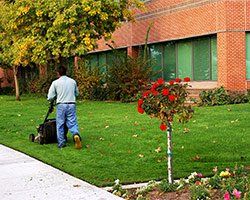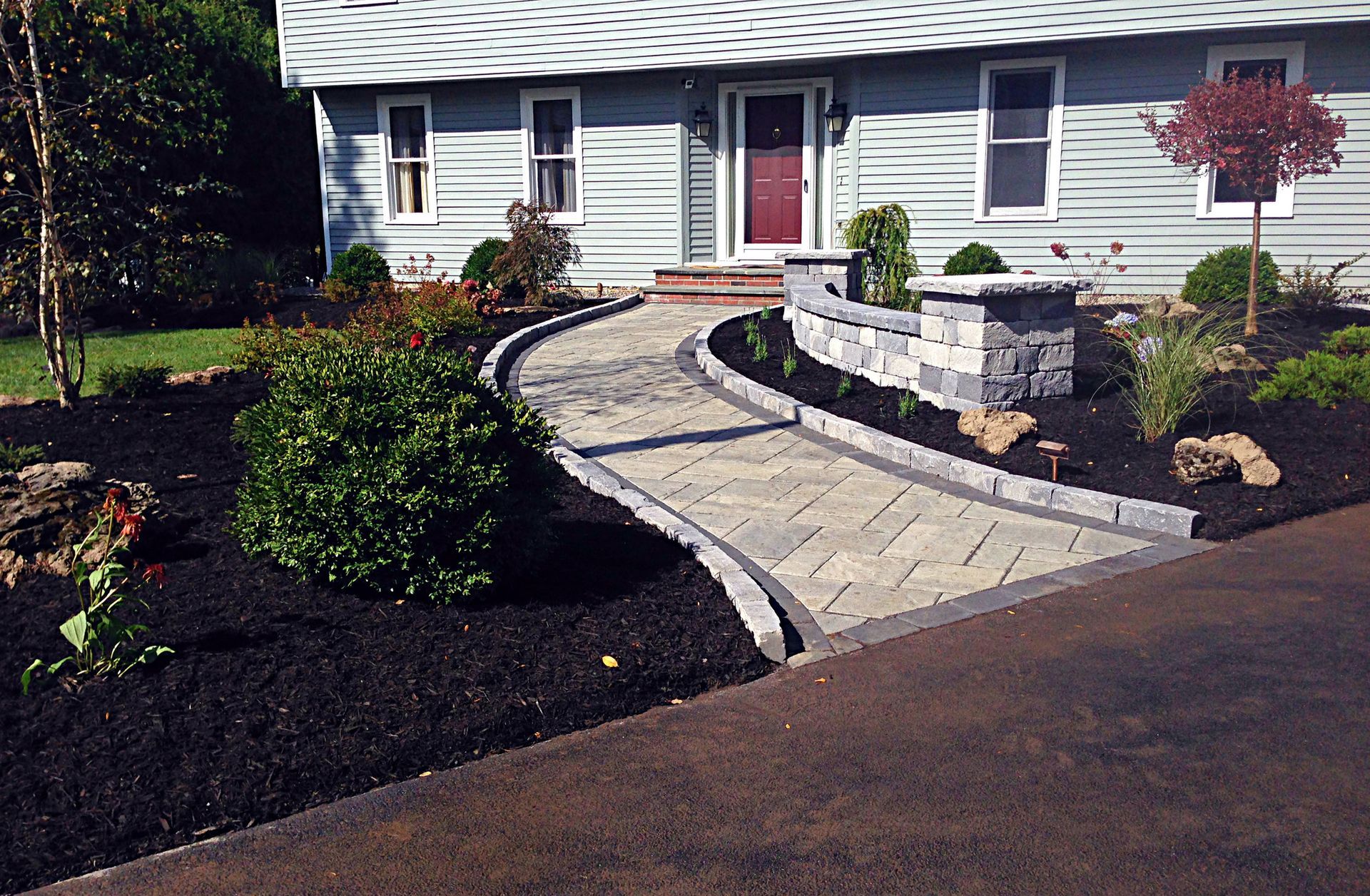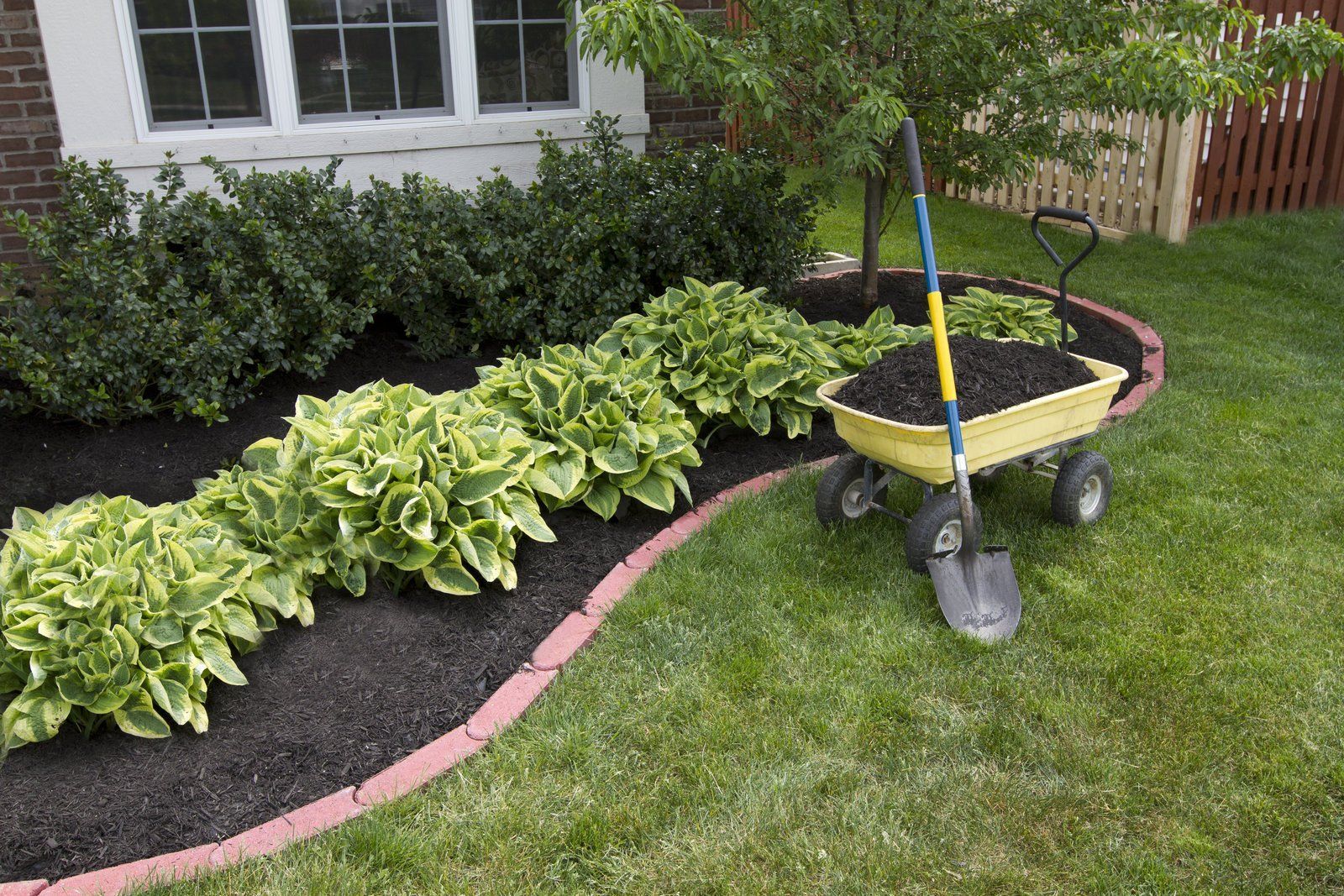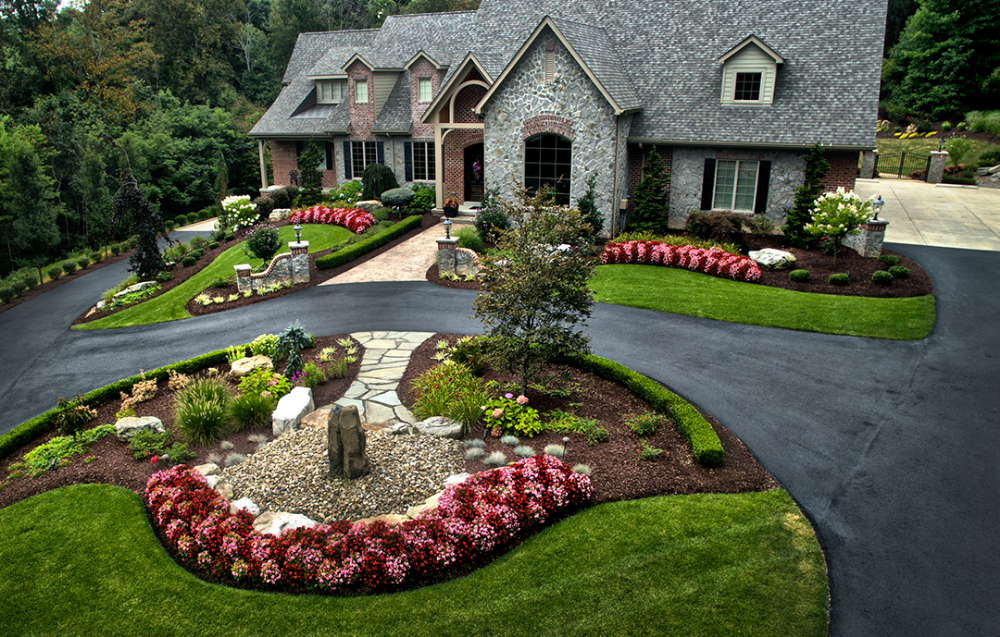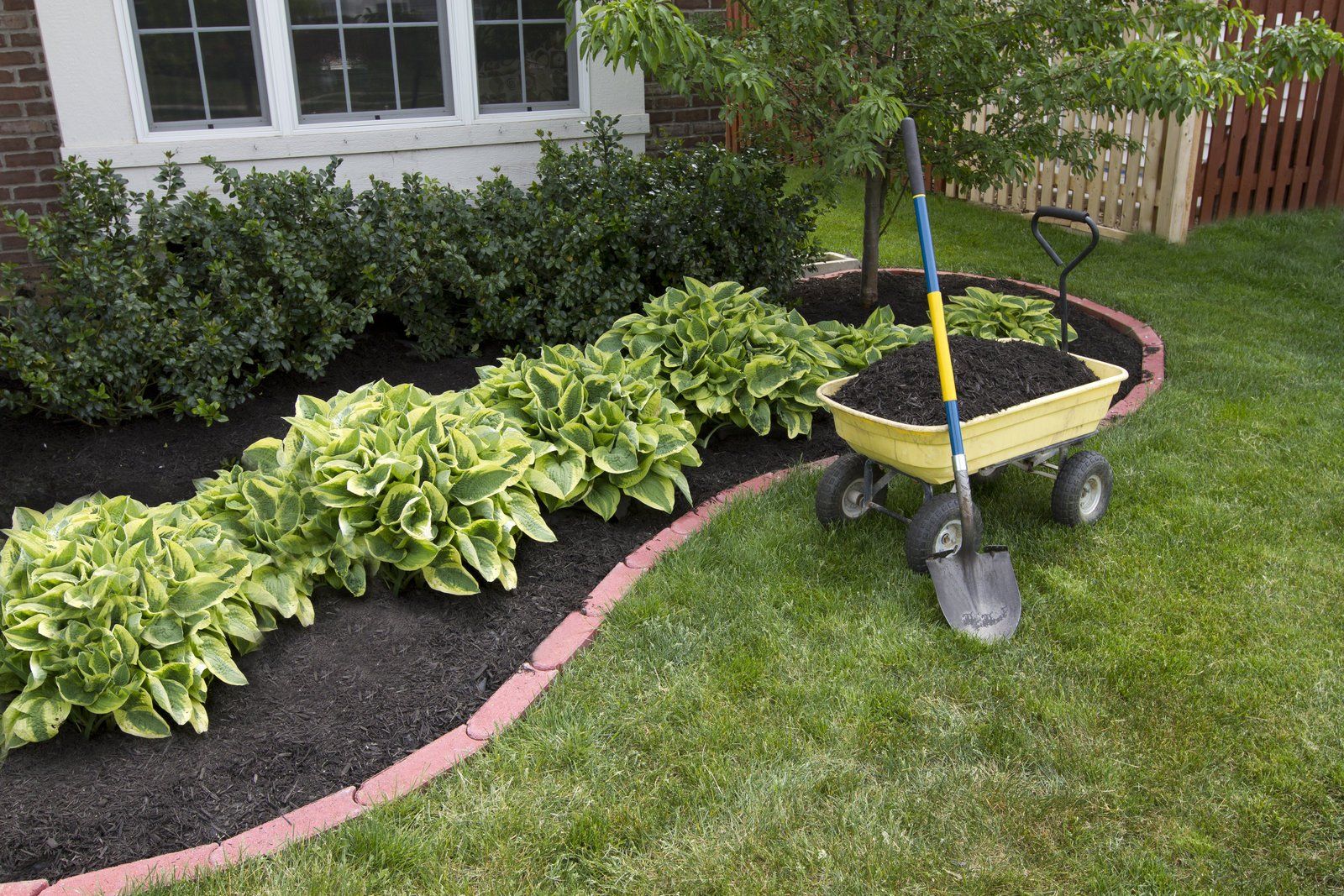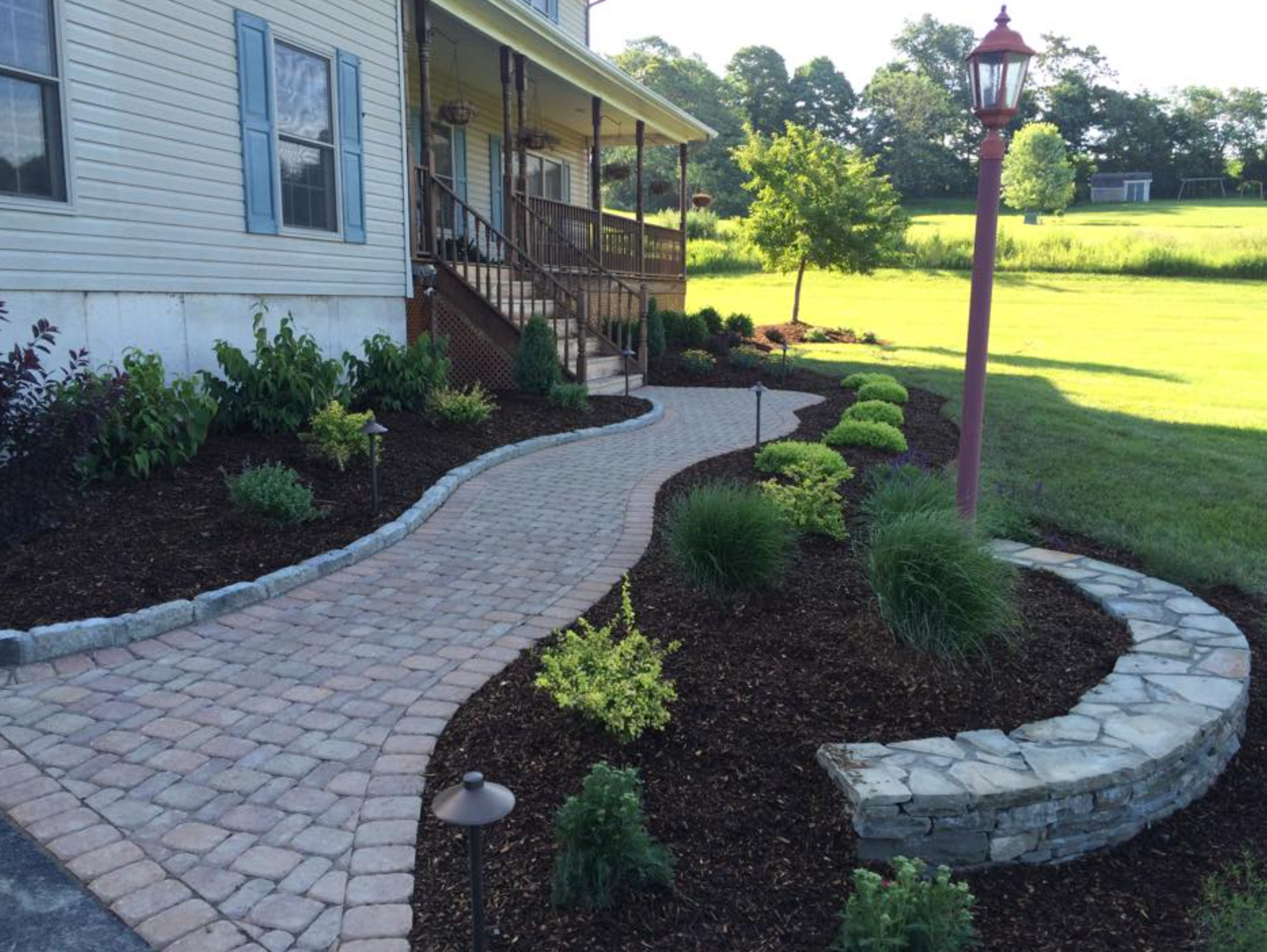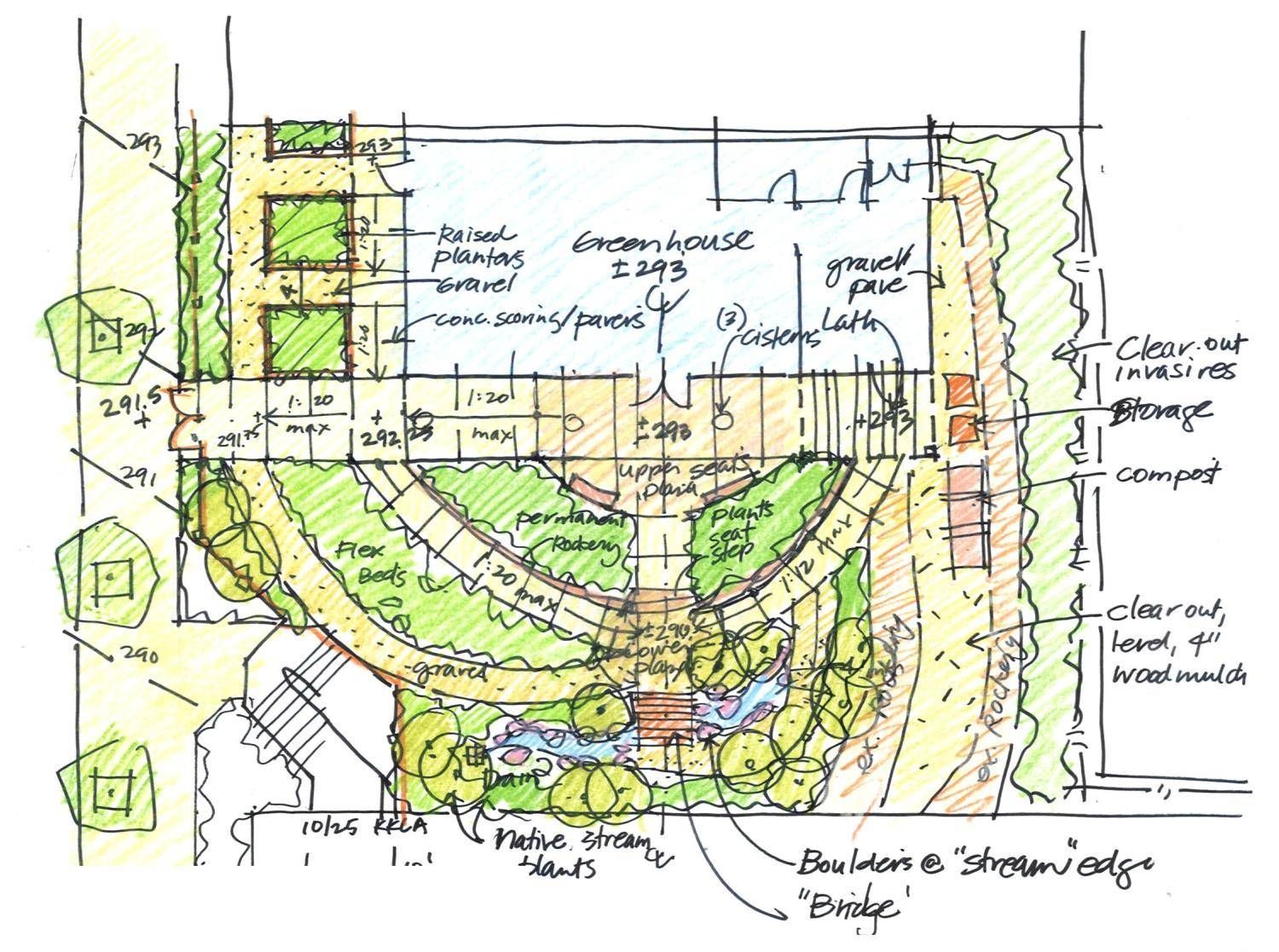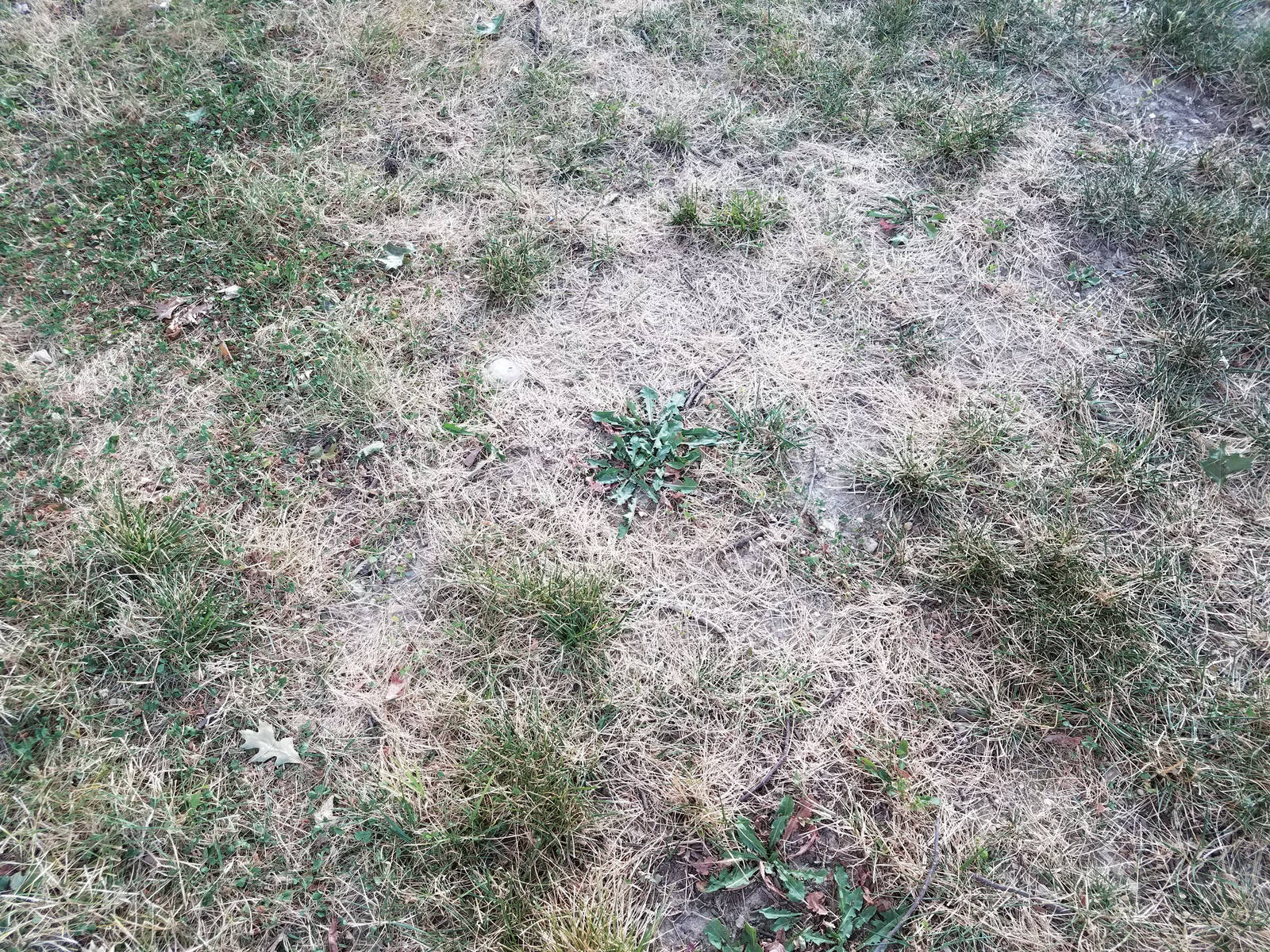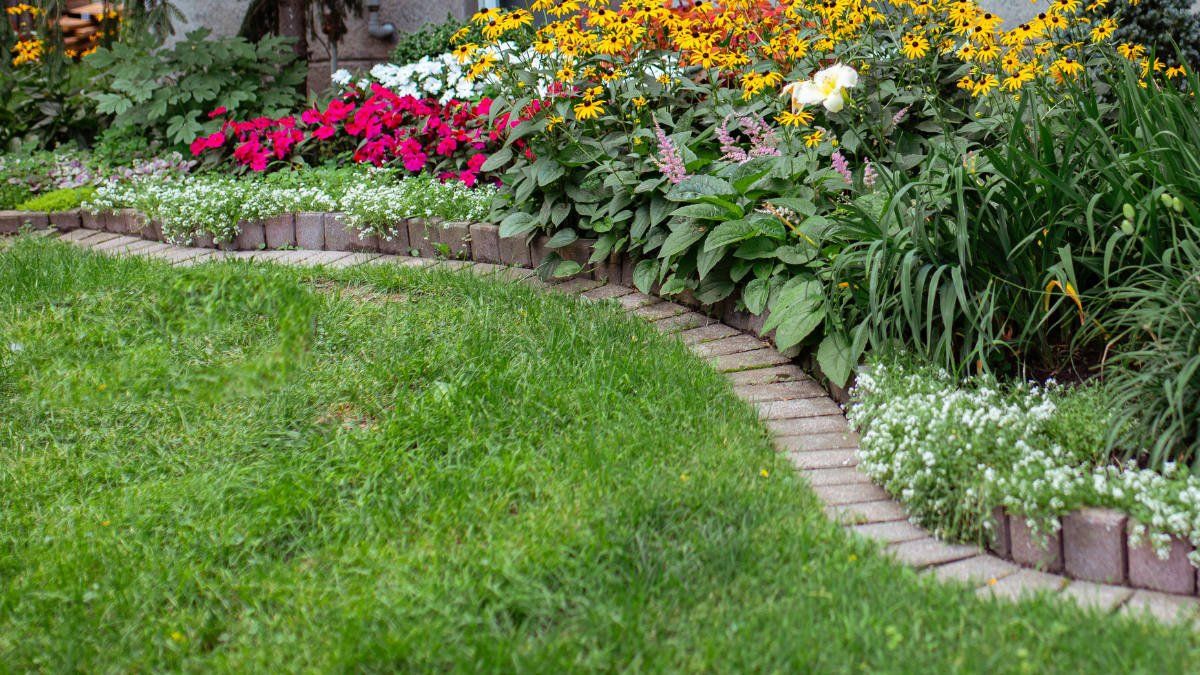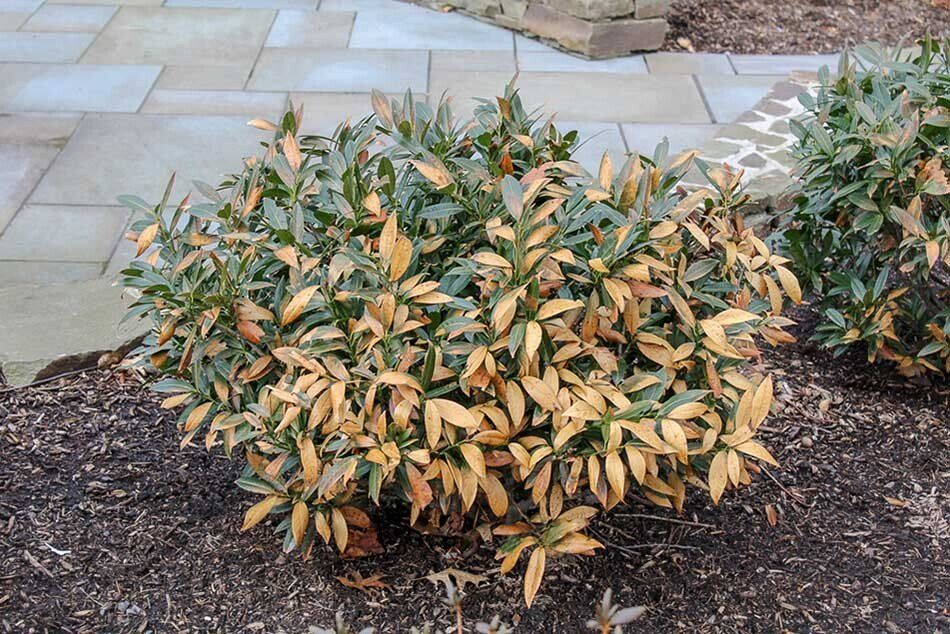Lawn Mowing Service
Hire CNY's Best Lawn Care Service in NY. CNY Landscaper, CNY Lawn Mowing Service, CNY Residential, Commercial & HOA Landscaping Maintenance Service, Satisfaction Guaranteed!
Call us at (315) 506-6999 or contact us for your free quote.
CGM Property Services
CGM Property Services has provided Commercial and Residential Grounds Care and Management Services Since 2002 throughout the greater North Syracuse, NY area.
Service Areas
Quick Links
© 2025
All Rights Reserved | CGM Property Services

